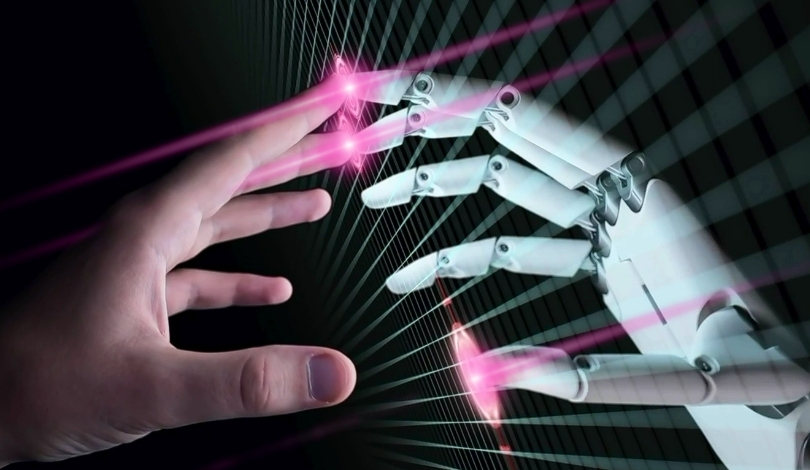Collaborative robots, or cobots, are transforming the manufacturing industry, offering flexible automation solutions that can operate alongside human workers. These robots address workforce challenges and boost productivity in various applications such as welding, palletizing, and assembly. Notably, cobots have seen a significant increase in adoption rates, underscoring their growing importance in modern manufacturing.
While cobots accounted for only 2.8% of newly installed industrial robots in 2017, this figure rose to 7.5% by 2021. Cobots are easier to deploy and more versatile compared to traditional industrial robots, making them an attractive option for manufacturers. Recent advancements have further fueled their adoption, with cobots now offering features like no-code programming, built-in safety, and redeployable designs.
Innovative Features Enhance Flexibility
Cobots stand out due to their user-friendly interfaces and safety features that allow close human-robot interaction. They can be easily moved and reconfigured for different tasks, making them ideal for varied applications in smart factories. According to industry analysts, cobots do not replace human workers but instead complement their efforts, improving the overall perception of automation in the workplace.
“Cobots provide a solution for highly automated, smart factories looking for the next value-add in niche applications such as screw assembly or buffing and grinding,” analysts said.
New Product Releases
Several companies have recently announced new cobot models. Schneider Electric’s Lexium cobots, Doosan Robotics’ Prime-Series, and Kawasaki Robotics’ CL Series each bring unique features and capabilities to the market. These innovations aim to address specific needs in various industries, from high-precision tasks to heavy lifting and painting applications.
Comparing previous reports on cobots, recent developments show a significant expansion in the range and capabilities of these robots. Earlier cobots were primarily limited to simple, repetitive tasks, but now they are increasingly used in more complex and varied applications. This evolution highlights the technology’s rapid advancement and its potential to further revolutionize manufacturing processes.
Future Trends in Cobot Technology
Robotics-as-a-service (RaaS) is expected to grow, providing smaller companies easier access to automation. AI prompt engineering could also significantly impact industrial robotics, simplifying robot programming through user-friendly interfaces. Cobots remain a key solution for automating monotonous and hazardous tasks, allowing manufacturers to avoid large-scale robotic automation projects.
New cobot models from leading companies, including Universal Robots’ UR30 and Techman Robot’s TM30, reflect a broader trend toward more powerful and versatile robotic solutions. These advancements are helping manufacturers address labor shortages and improve operational efficiency. As cobot technology continues to evolve, its impact on the manufacturing sector is poised to grow, offering innovative solutions to traditional production challenges.










